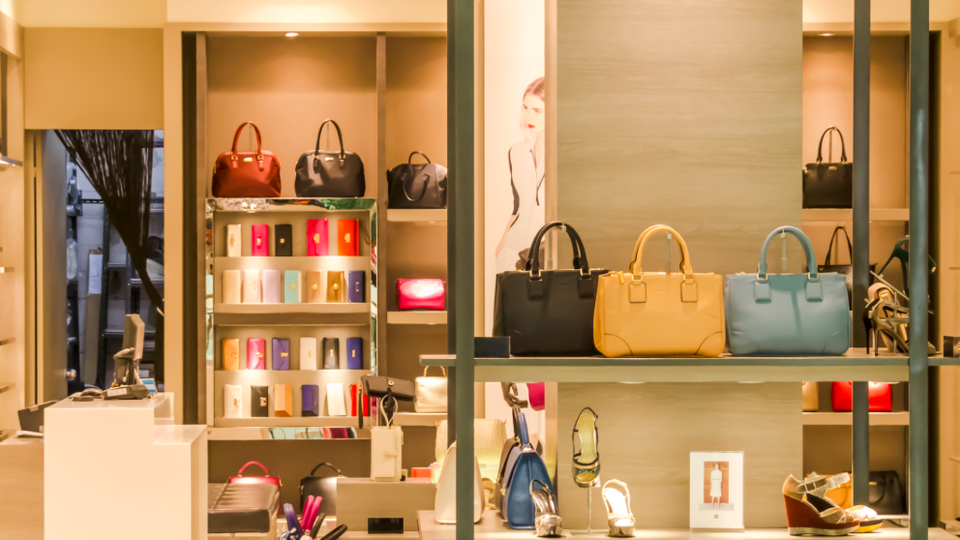Is vertical acquisition in the luxury industry protecting savoir-faire, or threatening the ability of brands to compete in the future?

Is vertical acquisition in the luxury industry protecting savoir-faire, or threatening the ability of brands to compete in the future?
Is vertical acquisition in the luxury industry protecting savoir-faire, or threatening the ability of brands to compete in the future?
The industrialisation of the luxury industry has resulted in a record amount of M&A; deals in the past decade. Where the initial focus was developing a portfolio of strong individual brands – bringing us conglomerates as we know them today – the focus is shifting towards the acquisition of suppliers and craftsman, in a bid to protect competitive advantage in the future.
Realistically this was bound to happen. There are only a handful of big name luxury goods brands left in private ownership. Competition is intensifying in a difficult economic environment, driving a need for greater product differentiation and quality. Increasingly luxury brand M&A; is being fuelled by wealthy investors in Asia and the Middle East, where the effects of the Eurozone crisis are lesser felt.
The luxury industry is also facing a potentially disastrous skills shortage, as manufacturers struggle to hire enough artisans to meet demand, and replace experienced artisans when they retire. The number of Italian shoemakers has halved since 1962, according to Italian newspaper Il Sole 24 Ore. The Italian Union of Chambers of Commerce has also confirmed a 4 percent drop in the number of Italian textile firms since 2009.
“ The number of Italian shoemakers has halved since 1962 ”
“The lack of craftsmen is our biggest problem and schools are not enough,” remarked Toni Scervino, CEO of Ermanno Scervino, at the Reuters summit in Milan. “Bringing production in-house is essential if you want to keep the quality that is needed for luxury products."
Most recently the Chanel Group purchased Scottish cashmere producer – and long-time Chanel supplier – Barrie knitwear, as its parent company faced bankruptcy. “Through this acquisition, we reaffirm our commitment to traditional expertise and craftsmanship," explained Bruno Pavlovsky, president of Chanel Fashion. "And our wish to safeguard their future and support their development.”
Barrie – alongside the nine specialist ateliers that make up the “Metiers d’Art” group – are encouraged to work for competitors, and “free to pursue partnerships with all major luxury brands, with no exclusivity”. As Vanessa Friedman suggested, “the more business the little businesses get, the better for the Chanel group’s bottom line.”
“ The more business the little businesses get, the better for the Chanel group’s bottom line ”
Back in September, Italian textile leaders Ermenegildo Zegna, Marzotto and Loro Piana purchased a controlling stake in Pettinature Di Verrone, a combing mill specialised in fine wool, cashmere and special fabrics needed for suiting.
Swatch Group’s decision to limit access to its mechanisms and components – and effectively, its savoir faire – resulted in a flurry of M&A; activity in Switzerland, as conglomerates and brands scrambled to buy-up expertise in a bid to protect their timepieces. La Montre Hermès acquired dial manufacturer Natéber SA, more recently Richemont took control of VVSA – a high-end manufacturer of stamped exterior components for watches.
Not to be outdone, LVMH managed to acquire two watch dial manufacturers – Léman Cadran and ArteCad SA – alongside an entire high-end watch workshop, La Fabrique du Temps, in July 2011. The conglomerate has since gone on to purchase French artisan shoemaker Delos Bottier & Cie and haute couture manufacturer Arnys for the re-launch of Berluti menswear and accessories.
“ Without investment from luxury brands & conglomerates, these artisan suppliers often don’t survive ”
The conglomerate also assumed control of artisan leather producer – and supplier to Celine, Louis Vuitton, Moynat, Christian Dior and Loewe – Les Tanneries Roux, in a bid to further protect its supply of high-end leather goods. In October 2011, LVMH announced that it would “jointly own and control Heng Long”, a valued and trusted supplier of fine quality crocodilian leather, whose customers include Hermès.
Vertical acquisition has become a proven strategy in protecting sustainable competitive advantage, and in the luxury industry, in ensuring the supply of the materials and expertise necessary to differentiate products and brands. But as vertical M&A; continues, one cannot help but wonder what impact it could have on the playing field in the coming years.
What would happen if Chanel decided that all nine ateliers in its Metiers d’Art Group, which includes embroiderer Lesage and button maker Desrues, were only permitted to produce for Chanel? Or if LVMH, as the 51% shareholder in Heng Long, ceased to supply exotic skins to Hermès? When it is rumoured that over two-thirds of their crocodile is sourced from this once-family-owned company.
It’s undoubtedly a double edged sword. Without investment from luxury brands and conglomerates, these artisan suppliers often don’t survive, nor does their expertise. But with investment from brands and conglomerates, the ability to control supply could turn anti-competitive, and threaten the longevity of other brands within the industry.
To further investigate M&A; on Luxury Society, we invite your to explore the related materials as follows:
– The Latest Investments: Chanel, Marcolin & Orient Express
– Emerging Wealth Fuels Foreign Acquisition of European Luxury Brands
– A Year of Opportunity in Luxury M&A;: Patrice Mueller










